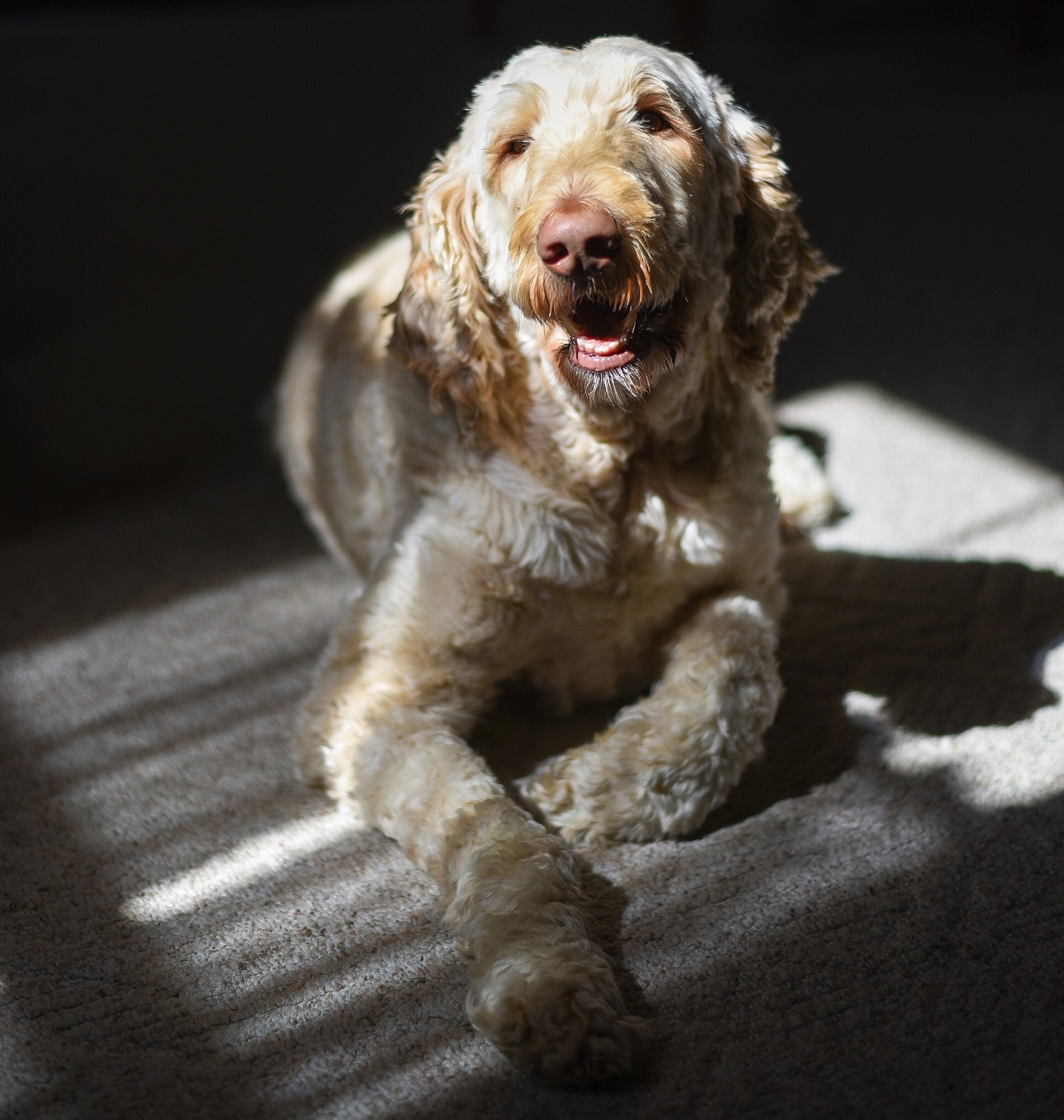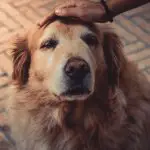How To Take Care of The Old or Senior Dog
Our senior dogs are living longer and healthier lives due to better nutrition, owner care and advances in veterinary medicine. Many toy breeds have a life expectancy well into their late teens or early twenties. Many larger breeds have doubled their life spans in the past few decades. What is “old” for a dog? Probably the best definition is the last 25% of your dog’s life. If your small dog is expected to live 16 years then she would become a senior at 12 years of age but if your large dog had a life expectancy of 10 years then he could be classed as “old” at 7.5 years.

Our aging dogs have been our loving companions for many years and we have learned to appreciate their good, or at least predictable, behavior and calm demeanor. However you may have started to notice changes in your dog’s appearance, activity level and disposition. Dogs are sensory creatures and as they age you may notice their senses start to fade. You may have to compensate for and provide adaptive solutions to resolve their sensory problems.
Canine vision can become impaired with age. Certain eye problems like cataracts, glaucoma and dry eye (decreased tear production) will become more prevalent. You may notice hearing loss symptoms when your dog no longer comes when called or startles easily. You will have to adapt and train your pet to recognize hand signals. Declining taste sensitivity or dental disease may result in your dog refusing his meals. You may have to adapt by warming the meal to improve its smell and taste. Your dog’s ability to discriminate between scents and odors may decrease with age and they will have to adapt with one of their other senses to compensate.
Apart from the dulling of your dog’s senses you may notice your dog isn’t as eager to go for walks and you adapt by making the walks shorter. You may also notice that your dog requires more frequent urination and you cut down on his water intake late at night to avoid being woken to let your dog out in the middle of the night. If you have a toy or small dog you may train your pet to use an indoor cat litter box. Similarly you can adapt to a dog with arthritis by providing steps for him to get up onto his favorite couch and minimize problems by slimming your pooch down through diet and exercise.
Pet Health Insurance
Many aging dogs stay quite healthy during their senior years. The bad news is that the aging dog is subject to a number of age-related diseases. However, the good news is that canine medicine has made significant advances in recent years and many new treatments are available to improve your dog’s quality of life. Unfortunately many of the new veterinary medicine operations are quite expensive. Therefore many dog owners are purchasing pet health insurance to avoid having to decide whether or not they can afford a necessary treatment for their beloved companion.
The largest and oldest pet health insurance provider in the US is Veterinary Pet Insurance (VPI). In Canada the largest provider is Pet Plan Insurance (PPI). There are other plans available in both countries that offer discounts on required veterinary services. Both VPI and PPI plans don’t cover pre-existing conditions and their premiums increase with age. Therefore it is better to enroll your pets as early as possible.
Aging Dog Health
Many of our senior dog health problems are a result of canine obesity or the fat dog syndrome. Being overweight can increase the likelihood and severity of canine arthritis, diabetes, heart disease and kidney disease. Older dogs need about 25 calories per day for each pound of body weight compared to 100 calories per pound for puppies and 60 calories per pound for adult dogs. Fortunately dog food manufacturers have formulated special food for overweight and senior dogs. See our section on Best Dog Food. This special diet and an increased exercise program can slim down your canine companion and reduce the incidence and severity of some diseases. Some of the age-related diseases are listed below.
1. Canine Arthritis is a degenerative disease of the joints that can cause increasing pain and disability as the dog grows older. Larger dogs are more susceptible either through inheritance or as a result of obesity. Symptoms are usually a reluctance to go on walks, climb stairs or jump up on a couch. You may also notice your dog has difficulty lying down or getting up. The joints that are usually affected are the hips, elbows and knees. Treatments can be as simple as anti-inflammatory medicines or as complex as joint replacement.
2. Dog Diabetes in older dogs is a metabolic disorder in which sufficient insulin is not produced in sufficient quantities to process the glucose required for energy. Symptoms include increased appetite, weight loss, increased thirst and as a result more frequent urination. Too much body fat increases the likelihood of diabetes. Treatments can include an oral diabetic medicine but the majority of diabetic dogs will require twice per day insulin shots. See our article on Dog Diabetes and the Aging Dog for more information.
3. Other Age-Related Canine Diseases include Deafness, Blindness, Glaucoma, Cataracts, Dental Disease, Cancer and Heart Disease. Space limitations prevent further discussion in this section but more information is available in our article on Age-related Canine Diseases.


